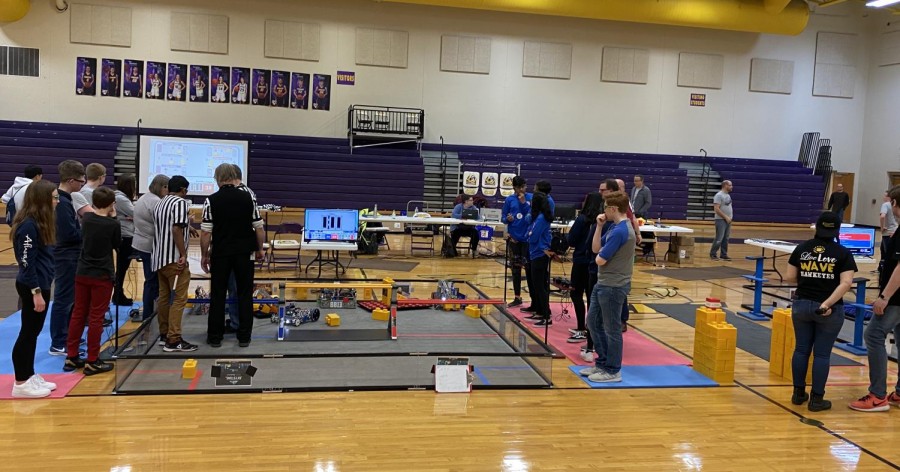Imagine a grocery store where guests can avoid lines at checkout and an interaction with a cashier. Amazon is providing guests with technology that checks their items out for them. This has raised many questions regarding the job security of common jobs like cashiering in this new age of technology.
Earlier this year, Amazon opened its first full sized supermarket in Seattle without cashiers. Customers walk in and scan items while adding them to their cart. Amazon’s technology keeps track of all items that are taken off the shelves and leave the store. The items in the cart are processed as guests leave the store.
Amazon’s new technology has found a way to completely bypass the necessity for cashiers. In 2019, 3,600,900 people in the United States were cashiers. Over the next decade experts suggest that the number of cashiers will rapidly decline and possibly go extinct. Possibly replacing them with the technology that Amazon is using or with self checkout and having monitors.
Especially this year with COVID-19 spreading rapidly through communities and workforces, machinery has provided an alternative to disease susceptible humans. Some corporations have found new ways to fill these roles due to COVID-19 forcing their hand. This has eliminated numerous jobs throughout the US.
Due to technology forcing out smaller jobs, more and more engineering jobs are being created and the demand for engineers has skyrocketed. This has caused many schools to offer more and more technology-based classes.
Sri Ganesh, senior and a member of PV robotics, enjoys engineering and is very happy with how Pleasant Valley is preparing their students for careers in innovation and technology. “I think our school prioritizes innovation which allows us to grow as engineers. This will help our generation when it comes to getting jobs and keeping jobs,” commented Ganesh.
Experts suggest that 25% of American jobs are labeled as “high risk” for being taken over by automation. While Ganesh recognizes this fact, he believes that more and more job-seekers will begin to look toward STEM careers because of the demand for those positions.
“Our program allows students to get excited about robotics and also allows students to look at careers that incorporate robotics and other STEM skills,” said Ganesh.
Grant Housman, one of the engineering teachers at PV, believes in PV’s curriculum, which provides opportunities for students in STEM classes. “It exposes students to industry technology and programming languages that they will use on the job,” stated Housman.
Schools are focused on providing STEM classes that do exactly what Housman said in order to drive more students into the very demanding STEM-related career market. Automation taking over jobs has also created more opportunities for many engineers and programmers. While simple jobs are being forced out more complex ones are being introduced. The reality that many of these simple professions will be taken over by innovation seems unavoidable and many companies are already accepting it.










